Grant’s Old Mill In Winnipeg, Manitoba
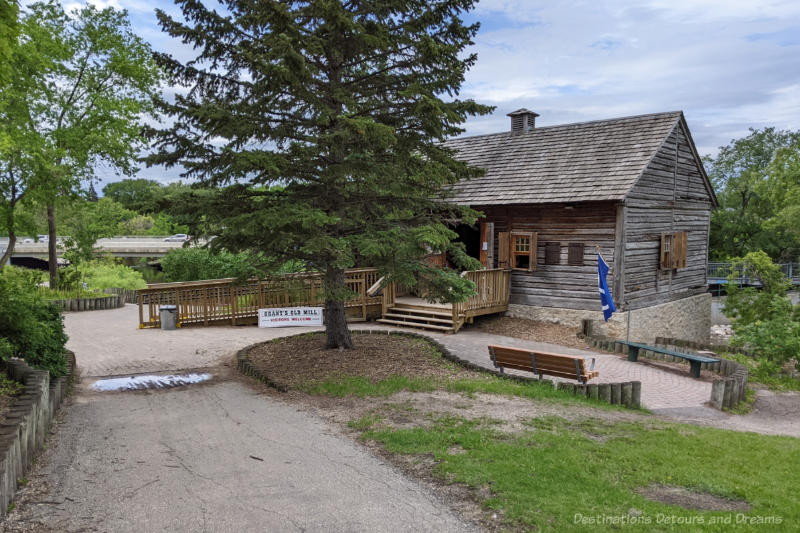
Replica of an 1829 water-powered mill in Winnipeg, Manitoba, Canada
The weathered-wood building of Grant’s Old Mill sits in a scenic setting among green space and trees on the banks of a creek. This replica of an 1820s water-powered mill uses mill stones to demonstrate how wheat was ground into flour in the mid-1800s and is open to the public during summer months.
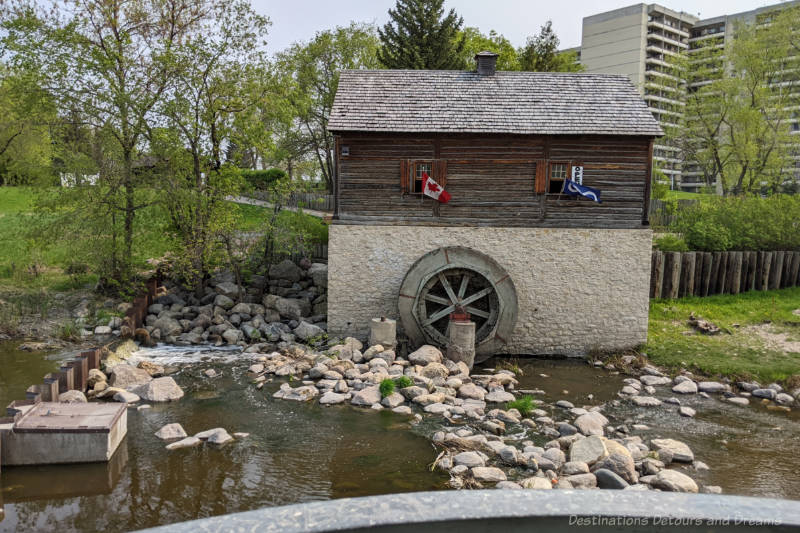
In the 1820s wheat was beginning to be grown in the Red River Settlement and there was a need to grind it into flour. Cuthbert Grant (1793-1854), considered to be the first leader of the Métis nation, built the first water mill in Sturgeon Creek in 1829. The flow of the water in the creek turned a huge wheel that then caused a large stone inside the building to rotate and grind grain into flour. There were several wind mills on the Red River, but Grant believed his water-powered mill would be more reliable. Alas, it was not so. There were repeated problems with the dam and Cuthbert abandoned the mill after about three years. He built a wind mill at Grantown, where Grant had been granted land along the Assiniboine River to establish a Métis community. It was later renamed St. Francois Xavier.

In 1974, the St. James Assiniboia Pioneer Association took on a project to rebuild the mill at a location believed to be close to the original mill. A low-level dam was constructed at the site and as much as possible workers used tools known to be available in older times when building the mill. It officially opened July 3, 1975.
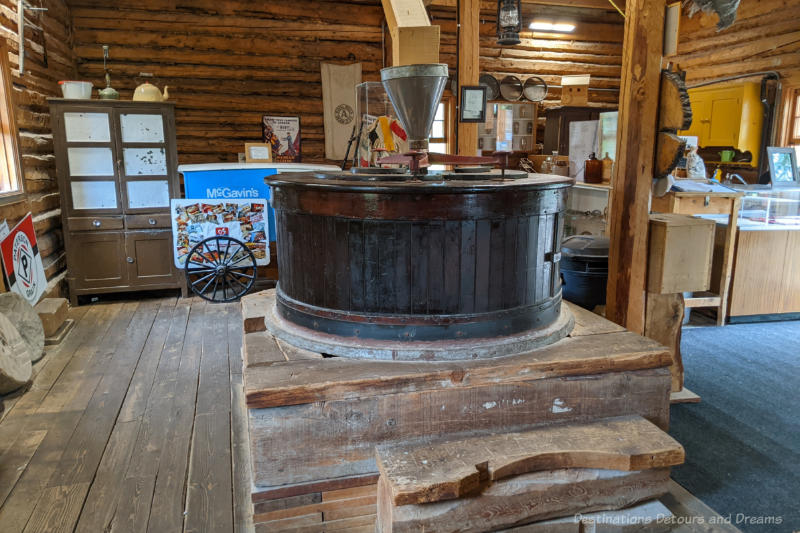
Inside the mill today, you’ll see the milling equipment, assorted antique items, and information about milling and Cuthbert Grant.
Grant was born at Fort Tremblante, Saskatchewan, a North West Company trading post, to a Scottish father and a Métis mother. He led the Métis in the Battle of Seven Oaks in 1816. According to information on Grant’s Old Mill website, the battle was the result of a long-standing rivalry between the Hudson’s Bay Company (HBC) and the North West Company (NWC), two-powerful fur-trading companies. The Métis allied themselves with the NWC and resisted the encroachment of the HBC and its settlers. In 1814, Miles Macdonell, governor of the Red River Colony, banned the export of pemmican, a dried meat product essential for the survival of fur traders and voyageurs who travelled long distances by canoe. The NWC saw this as a means to starve them out of business. The Métis saw it as a threat to their very existence.
In 1816, Robert Semple replaced Macdonell as Governor. In an attempt to assert his authority, he led a group of 28 men to confront a party of about 60 Métis and First Nations, who were transporting pemmican to NWC on Lake Winnipeg. The battle on June 19 lasted 15 minutes and resulted in a decisive victory for the Métis and NWC side, led by Cuthbert Grant. Semple and 20 of his men were killed. One Métis died in the battle and another was injured.
After the merger of HBC and NWC in 1821, Grant was given the title of Warden of the Plains with the job of policing the fur trade. Information on the wall at Grant’s Old Mill contains a number of other interesting facts about Cuthbert Grant.
(Note: There is a Seven Oaks monument along with interpretive panels in a small park at the northeast corner of Main Street and Rupertsland Boulevard.)
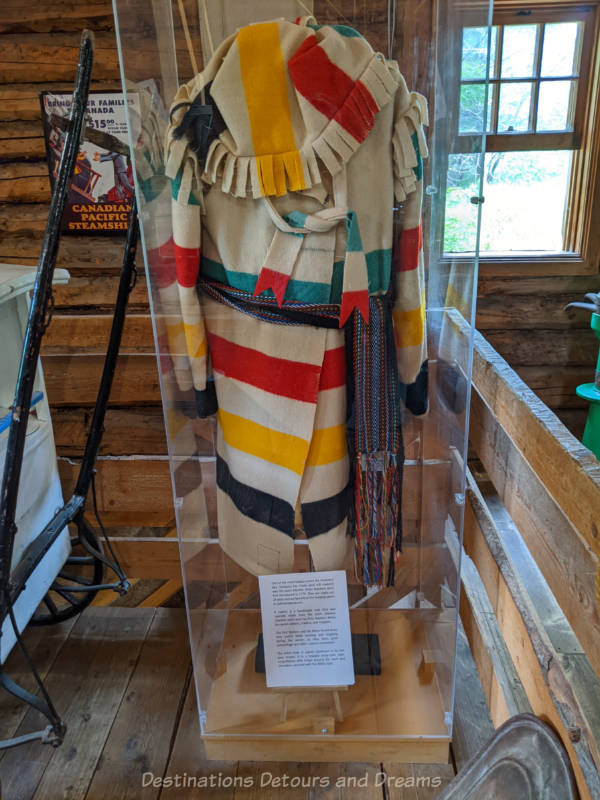
There were once about 36 major streams and small creeks running through what is now Winnipeg. They emptied into the Red and Assiniboine Rivers. According to a 2018 CBC article, only nine still exist and some are a mere fraction of what they were. Sturgeon Creek is one of the remaining streams that is roughly the same length as in the past.

Riffle structures and a fish ladder have been added to the creek to enable fish to get around the dam at Grant’s Old Mill. The Sturgeon Creek Fishway is one of the places featured in my book 111 Places in Winnipeg That You Must Miss.

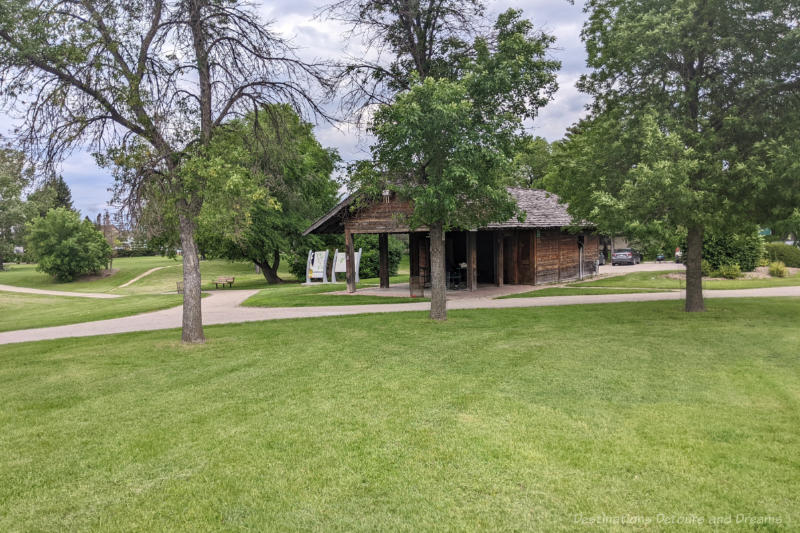
Grant’s Old Mill is not very large. It doesn’t take long to view the items inside. You may want to linger, however, in the beautiful, peaceful area around it. It is located along the Sturgeon Creek Greenway which has walking trails, grassy areas, and picnic spots. You can reach Grant’s Mill from the walking trails on the east side of the creek north of Portage Avenue and from a small parking lot off Booth Drive.
Never miss a story. Sign up for Destinations Detours and Dreams free monthly e-newsletter and receive behind-the-scenes information and sneak peeks ahead.
PIN IT
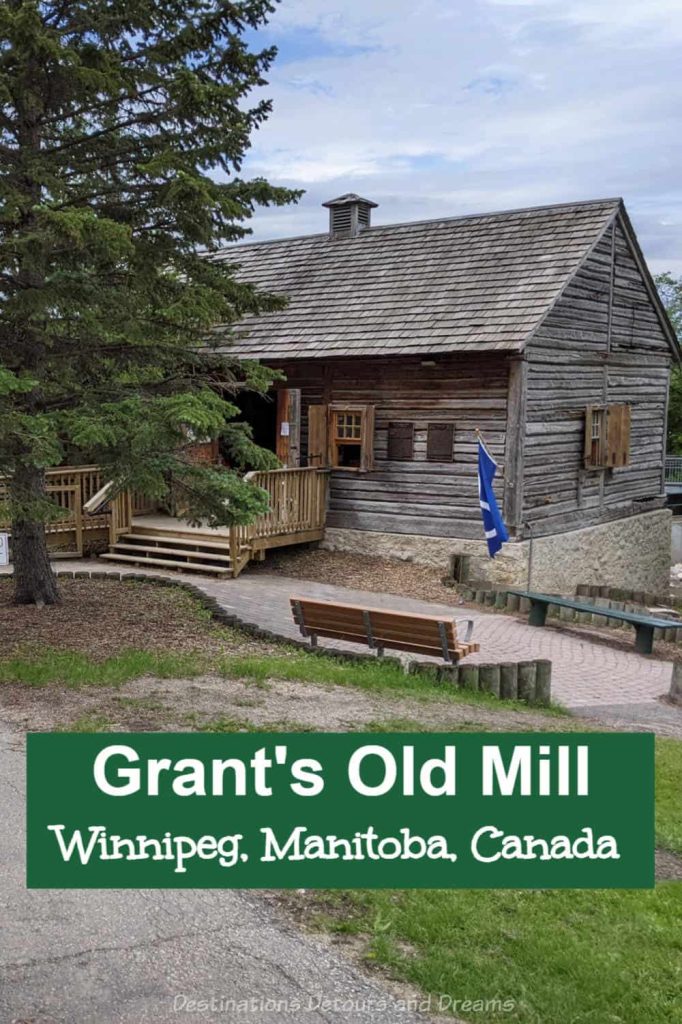

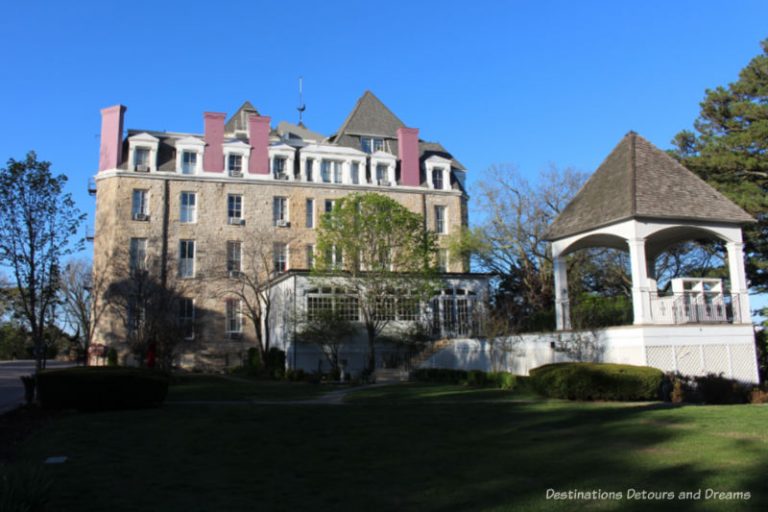





Rare to see a piece of industrial history in such a pretty setting. Probably because the mill was unsuccessful. Otherwise you can imagine the area being built up. Looks so peaceful.
Ken, it is surprisingly peaceful given that the area around this is actually quite built up with a major hospital next door and a number of high-rise apartments and businesses around. But there is a greenway and park right along the creek which creates a peaceful oasis-type feel.